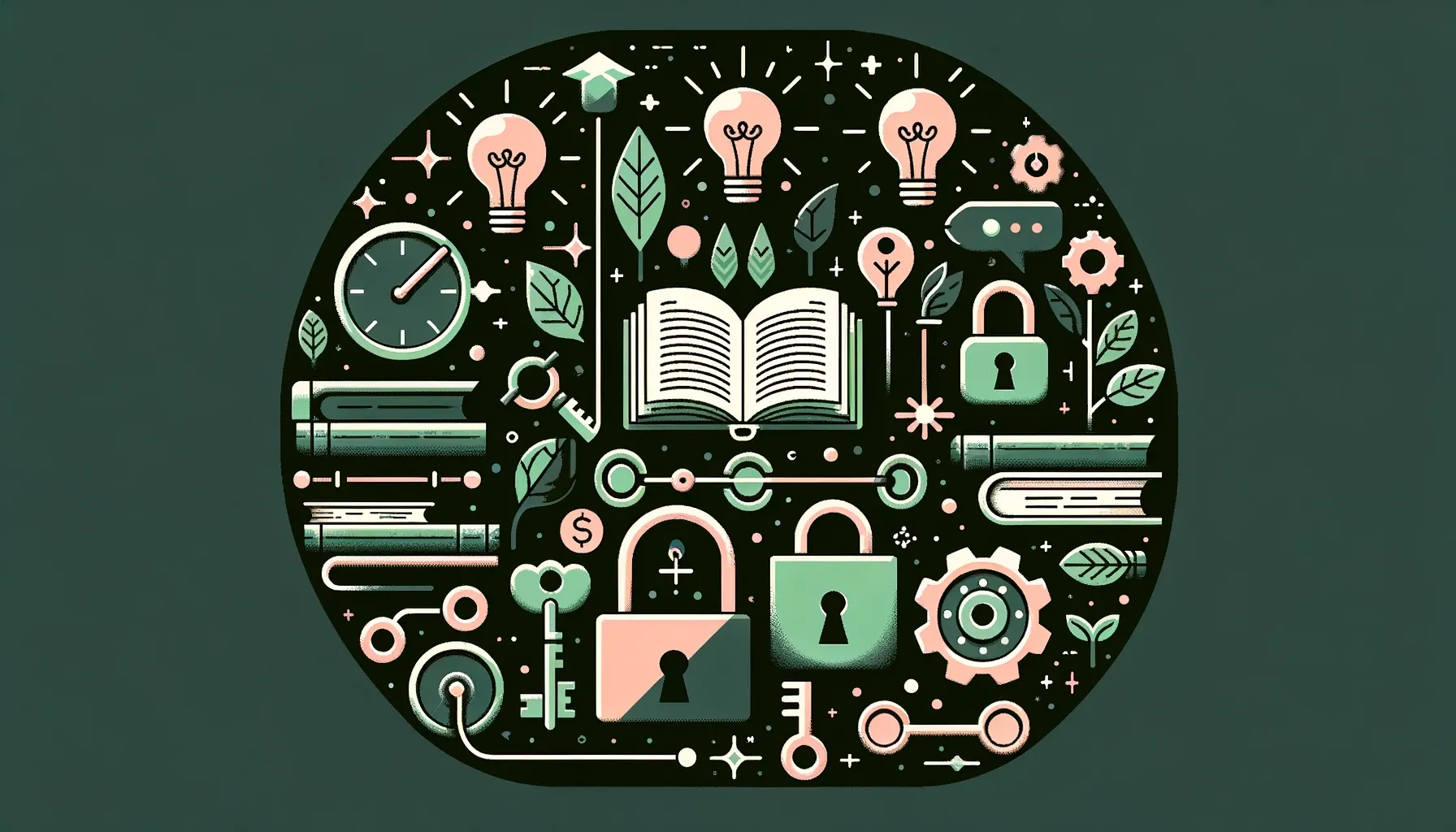In the realm of AI and machine learning, the method we use to retrieve and process information can significantly impact the performance and capabilities of our systems. Two notable approaches are the use of knowledge graphs in Retrieval-Augmented Generation (RAG) systems and vector databases like Pinecone. Each has its merits, but when it comes to handling complex queries with precision and depth, knowledge graphs with RAG have some clear advantages. Here’s why.
Structured Data, Richer Responses Knowledge graphs organize data in a way that mirrors our understanding of the real world: entities are nodes, and their relationships are edges. This structure allows for responses that aren’t just accurate but contextually rich, giving users insights that are both deep and broad.
Contextual Understanding at Its Best Thanks to their ability to map out relationships, knowledge graphs excel in reasoning and contextual understanding. They can infer connections and answers that aren’t explicitly stated, making them powerful tools for complex problem-solving.
Seamless Data Integration Integrating new information is a breeze with knowledge graphs. They can assimilate diverse data sources into their structured format, enhancing the system’s adaptability and ensuring it stays up-to-date with minimal fuss.
Heterogeneity Handled with Ease Knowledge graphs are unfazed by different types of data, be it text, numbers, or relationships. This versatility ensures that the answers provided are not just accurate but comprehensive, covering all bases.
Transparency and Explainability The clear structure of knowledge graphs allows users to follow the AI’s “thought process” in arriving at an answer. This transparency builds trust and makes it easier for users to understand and accept the AI’s conclusions.
Optimized for Efficient Queries By leveraging structured data and vector indices, knowledge graphs with vector support ensure rapid and relevant information retrieval. This dual approach is especially useful for understanding and navigating complex queries efficiently.
Dynamic and Scalable Knowledge graphs are inherently dynamic, easily accommodating new information and connections. This ensures that the AI system can evolve without losing accuracy or relevance, making it a robust solution for long-term use.
Superior Semantic Search Semantic search capabilities are built into the very fabric of knowledge graphs. They understand the intent behind queries, leading to more relevant and accurate answers that go beyond simple keyword matching.

